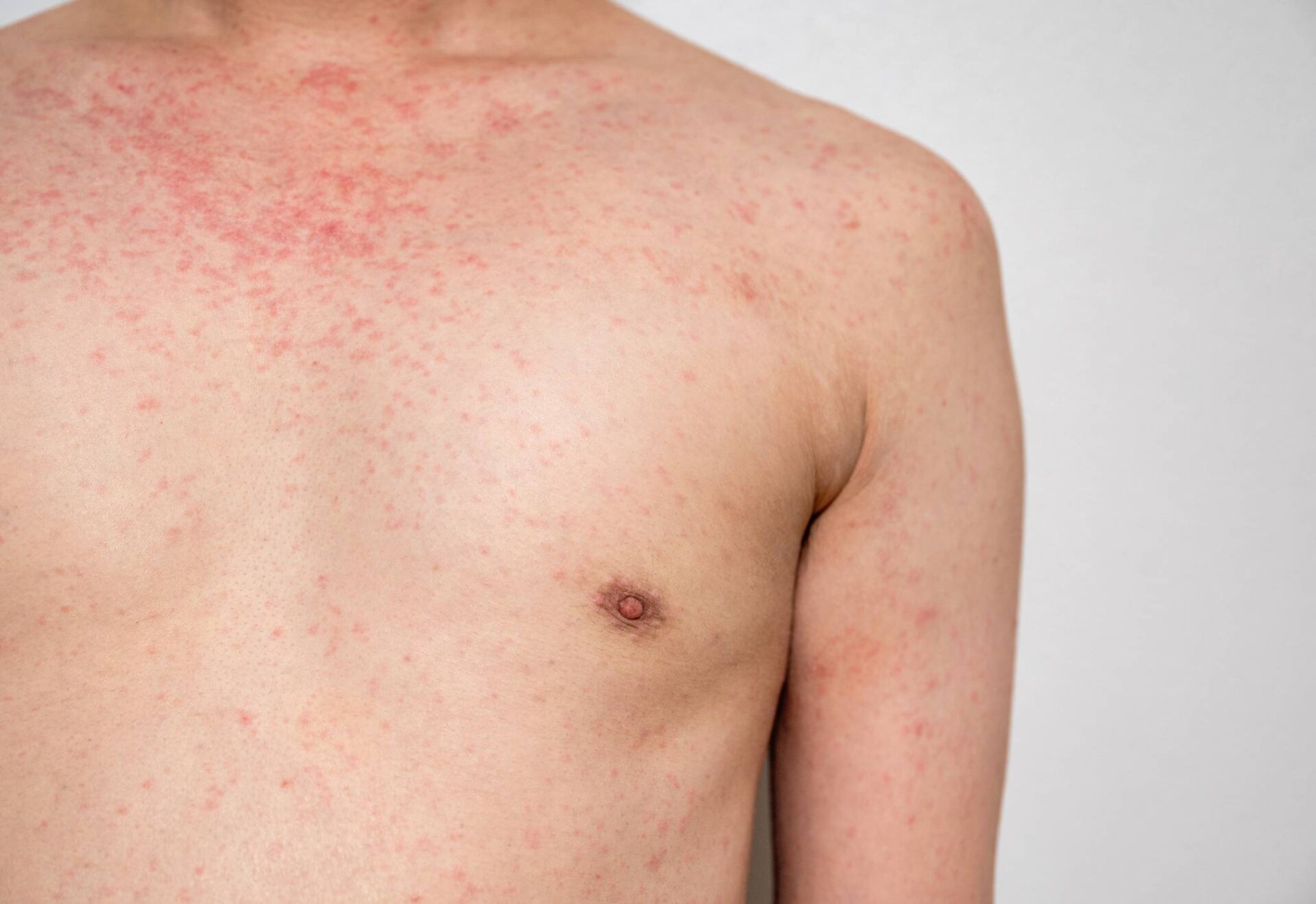Ten vaccines have reduced deaths by 45% among children under five in low-income and middle-income countries since the turn of the century, a study has found.
A team of 16 independent research groups, published in The Lancet, found the vaccines – including against measles, HPV and hepatitis B – saved 37 million lives across 98 countries between 2000 and 2019, and will save 69 million more by 2020.
The greatest impact was found in children under five, with researchers suggesting deaths in this age group would be 45% higher without vaccines – measles vaccinations playing the most notable role.
Study co-author Dr Caroline Trotter, from the University of Cambridge, said: ‘There has been a much-needed investment in childhood vaccination programmes in low-income and middle-income countries and this has led to an increase in the number of children vaccinated.’
The ten vaccinations looked at were against: hepatitis B, Haemophilus influenzae type b (Hib), human papillomavirus (HPV), Japanese encephalitis (JE), measles, Neisseria meningitidis serogroup A (MenA), Streptococcus pneumoniae, rotavirus, rubella virus and yellow fever virus (YF).
The study also looked at the long-term impact of vaccination.
Most of the impact of hepatitis B vaccination will be seen after 2030 and after 2040 for HPV, it predicted – because of the delay between infection and severe outcomes.
For people born between 2000 and 2030, it estimated that vaccination will prevent 120 million deaths, of which 65 million are in children younger than five years.
Of those born in 2019, it suggested that increases in vaccination coverage and introductions of additional vaccines would result in a 72% reduction in mortality from ten pathogens.
The report’s conclusions were based on data from coverage of individual vaccines, vaccine effectiveness, deaths caused by the diseases and research on future estimates. They were also based on research into years of healthy life lost due to premature death and disability from the diseases.
Co-author Dr Katy Gaythorpe, from Imperial College London, said: ‘By estimating how much higher mortality levels would be if there were no vaccination programmes in place, our study has highlighted how crucial it is to maintain high coverage levels.’







